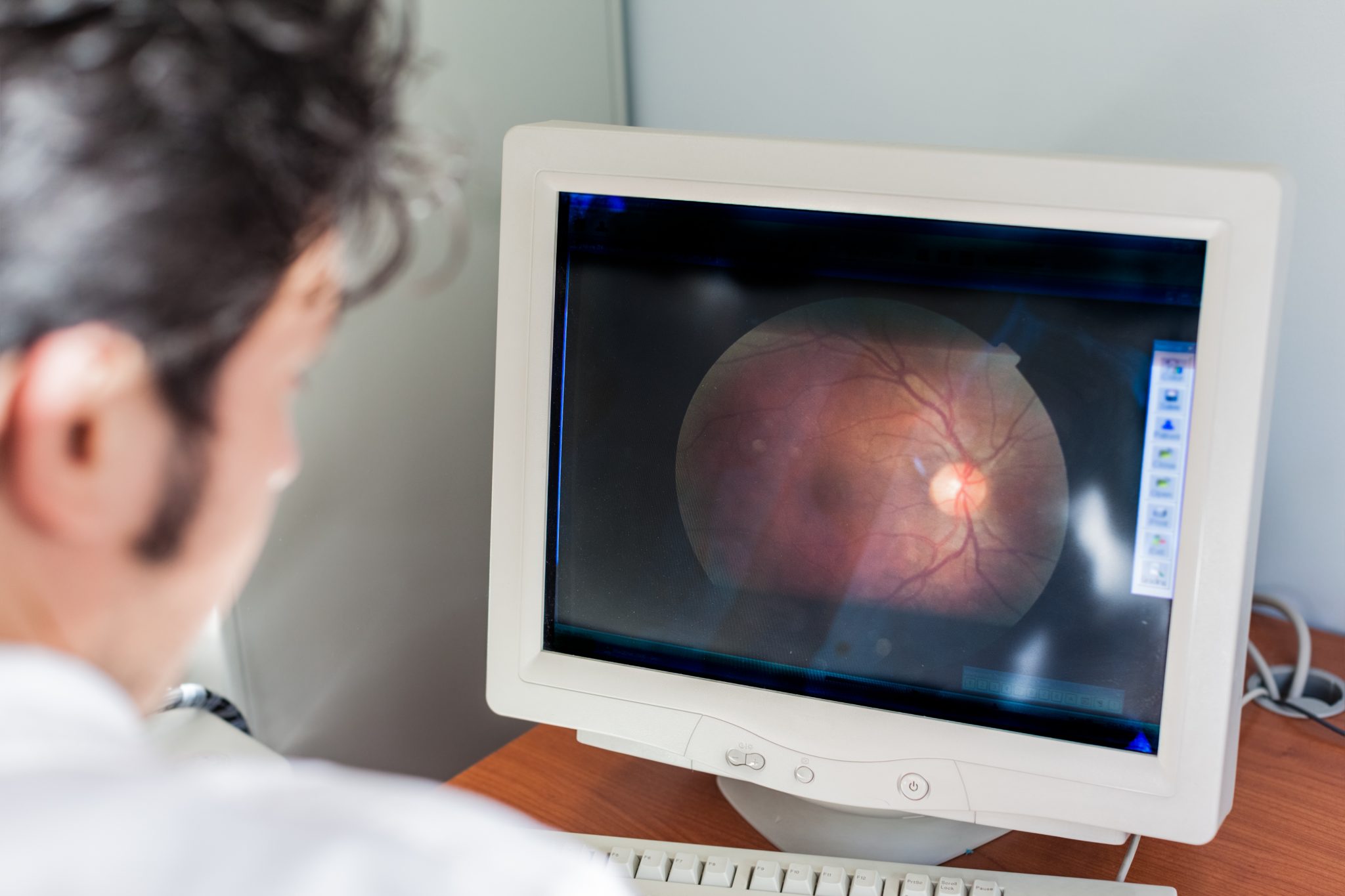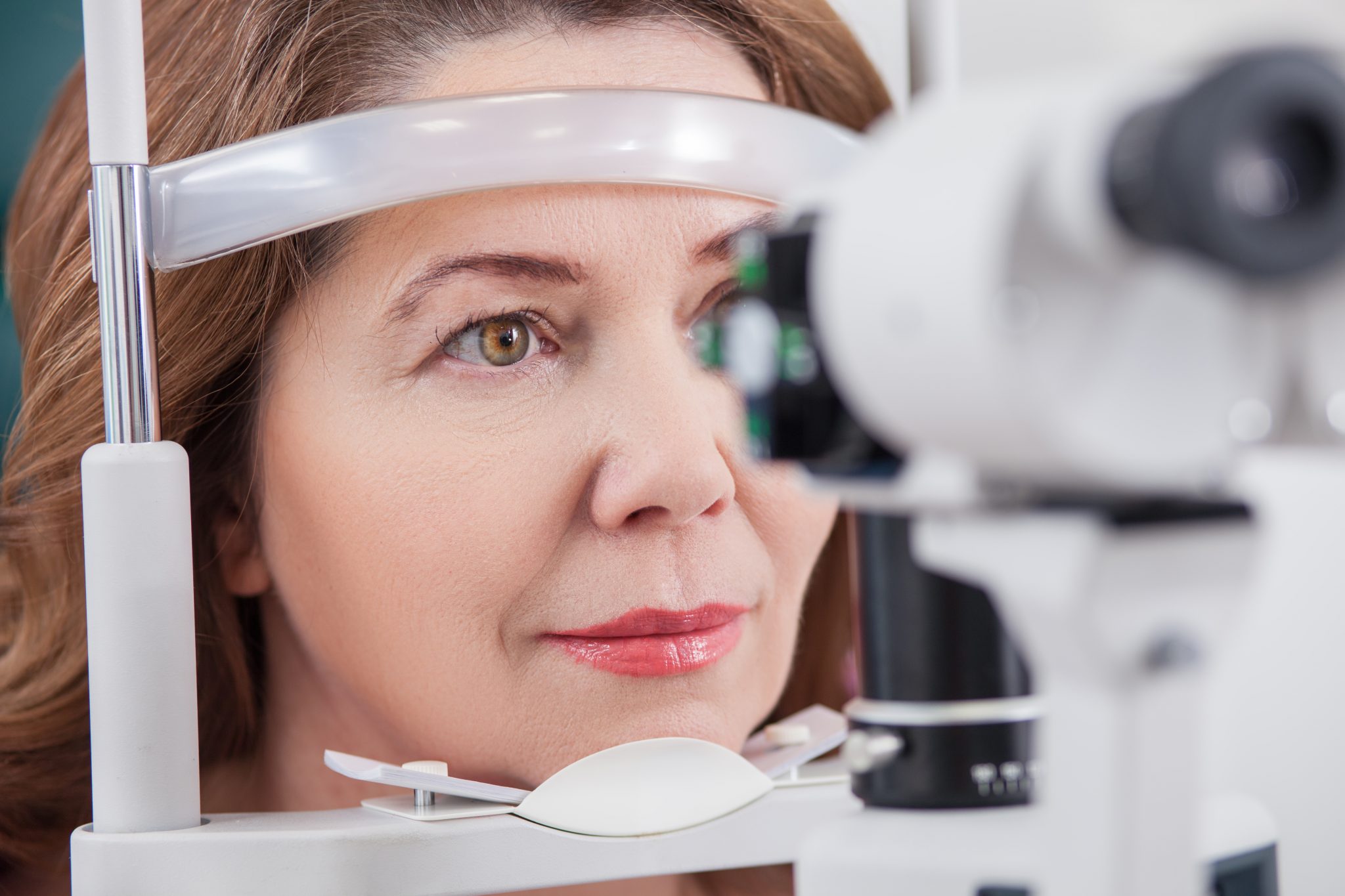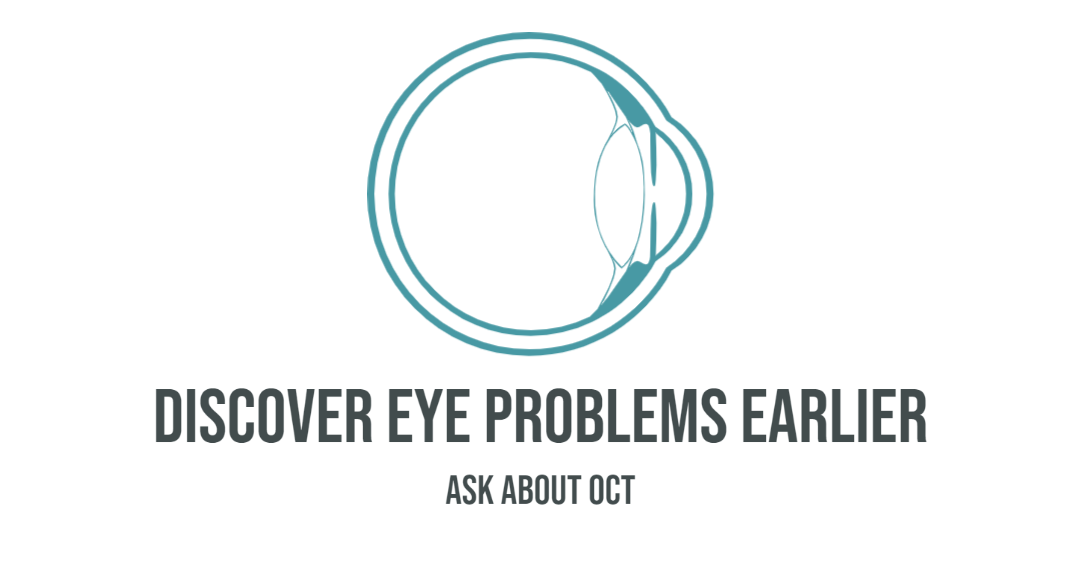WHAT IS AN OCT SCAN?
An Optical Coherence Tomography (OCT) is a hospital-quality scan that uses cutting-edge technology to look more closely at your retina giving us an in-depth to understanding of both your vision and the physical condition of your eyes.
WHAT DOES AN OCT SCAN DO?
An OCT scan can help to detect eye conditions like glaucoma, age-related macular degeneration and diabetic retinopathy. Your optician may recommend that you attend an OCT scan even when your eyes are healthy in order to provide a baseline image. An OCT scan can help us see what’s going on beneath the surface of your eye, providing a picture of the layers of your retina. Your optician can then map out the layers and measure the thickness. The optic nerve head is also visible at the back of your eye, so an OCT scan can also evaluate any disorders of the optic nerve.


HOW DOES AN OCT SCAN WORK?
OCT technology uses light waves to take images of your retina; similar to how an ultrasound scan uses sound waves. During an OCT scan, you will be asked to sit in front of a small machine with your chin placed on a support. The instrument can scan your eye without touching it. The scan is done on both eyes, one at a time. It is completely painless; you may be slightly dazzled by the flash of light that is given off in the machine, as if you have had your picture taken, but this will quickly disappear.
THE LONG TERM BENEFITS OF AN OCT SCAN
By attending multiple OCT scans over the years, your optician can notice subtle changes in the thickness of the layers. This can indicate early signs of eye conditions, making it much easier to diagnose, treat and manage.OCT scans are generally recommended for those aged 25 or over, or if you are at heightened risk of developing eye conditions like glaucoma. You can book an OCT scan with your local Eyesite branch via our Book an Appointment






